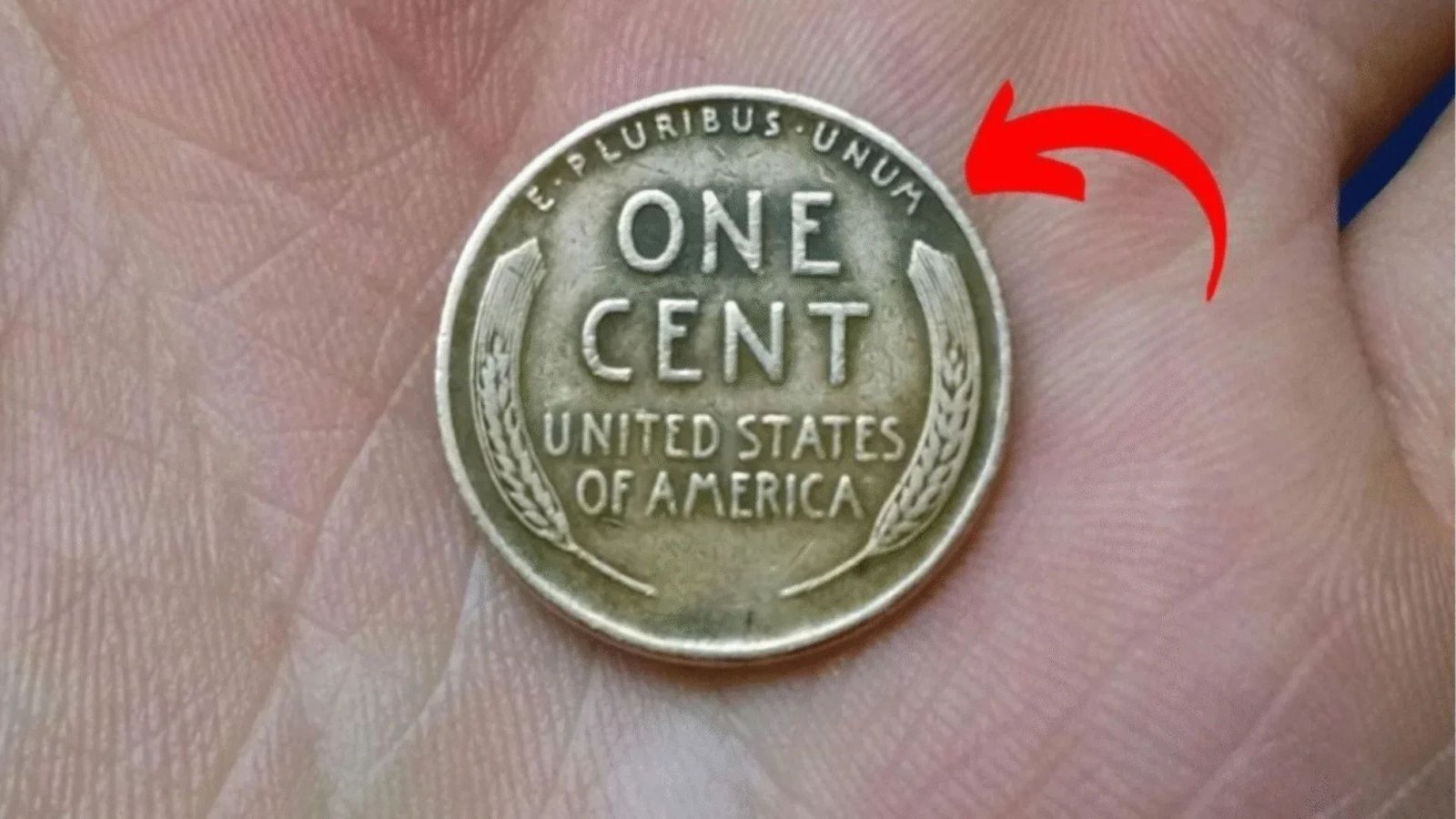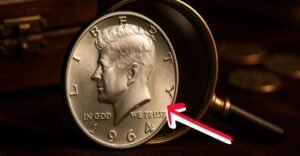Imagine holding a tiny piece of metal that’s seen wars, booms, and busts— all for just a penny. The Lincoln Wheat Penny, that familiar copper coin with Abe Lincoln’s face and wheat stalks on the back, isn’t just pocket change. It’s a time capsule of U.S. history, minted from 1909 to 1958. If you’re a history buff, coin collector, or just curious about everyday American icons, this guide dives deep into its story.
We’ll uncover why it’s so collectible, what makes certain years rare gems, and how it mirrors the nation’s ups and downs. Ready to discover why the Lincoln Wheat Penny is more than meets the eye? Let’s flip the coin on history!
The Origin Story: How the Lincoln Wheat Penny Was Born
Every great invention starts with a spark. For the Lincoln Wheat Penny, that spark was a national tragedy and a push for beauty in money. In 1909, the U.S. Mint decided to honor President Abraham Lincoln on the new one-cent coin. Why? It marked the 100th anniversary of his birth. Lincoln, the hero who ended slavery and kept the Union together during the Civil War, was the perfect face for America’s smallest denomination.
Why Choose Lincoln? A Tribute to a Hero
Abraham Lincoln wasn’t just any president—he was the “Great Emancipator.” His face on the penny was a bold move. Before 1909, pennies featured Lady Liberty or Native American chiefs. But President Theodore Roosevelt wanted coins that told real American stories. He hated the dull designs of the time and called for artists to step up. Enter Victor David Brenner, a talented sculptor fresh from Europe.
Brenner’s design showed Lincoln in a simple, thoughtful profile—gazing left, clean-shaven, with a calm expression. It’s based on photos from Lincoln’s life, capturing his quiet strength. On the back? Two wheat stalks framing “ONE CENT,” symbolizing America’s farming roots and prosperity. Wheat wasn’t random; it stood for the heartland that fed the nation. This combo made the Lincoln Wheat Penny instantly recognizable and full of meaning.
The Design That Stole Hearts: Simple Yet Symbolic
What makes the Lincoln Wheat Penny‘s look so timeless? The front has “IN GOD WE TRUST” arched above Lincoln’s head, with “LIBERTY” on the right and the year below. The back keeps it clean: wheat ears curve around the edges, enclosing “UNITED STATES OF AMERICA” and “E. PLURIBUS UNUM” (Latin for “Out of many, one”). Brenner’s initials “V.D.B.” were tiny at first, sparking a scandal—some said it was too showy for a penny!
Early versions had the initials on the back, but they were removed after just seven months due to uproar. Later, they snuck back in subtly on the front. This drama added to the coin’s lore. Fun twist: The Mint struck over 25 billion Lincoln Wheat Pennies during its run, making it one of the most produced coins ever. Yet, each one whispers history.
A Penny’s Journey: The Lincoln Wheat Penny Through Turbulent Times
From 1909 to 1958, the Lincoln Wheat Penny rode the waves of American life. It jingled in pockets during good times and scraped by in bad ones. Let’s trace its path, year by year, through big events.
World Wars and Shiny Changes: Copper Shortages Shake Things Up
World War I hit in 1914, but the real shake-up came in World War II. Copper was needed for bullets and wires, so from 1943 to 1945, the Mint switched to steel for pennies. These “steelies” look silver and magnetic—total oddballs among copper kin. Only about 1.4 billion were made, and they’re sought after today.
Back to copper in 1944? Not quite. They used recycled shell casings, giving a reddish-brown hue. By 1946, pure copper returned, but the wear of war showed in every dented edge. The Lincoln Wheat Penny became a survivor symbol, much like the GIs it funded.
Economic Rollercoasters: From the Great Depression to Post-War Boom
The 1929 stock crash kicked off the Great Depression. Pennies like the 1931 one, with low mintage (around 4 million from Denver), became rare birds. Folks hoarded coins during tough times, so fewer circulated. Then came the New Deal—FDR’s fixes that put people back to work, including at the Mint.
Post-WWII, the baby boom and suburbia exploded. The Lincoln Wheat Penny funded ice cream cones and comic books. But by 1959, the design aged out. The Mint flipped the back to the Lincoln Memorial, nodding to his D.C. monument. Still, wheat fans mourned the change— the stalks felt more folksy.
Rarity Alert: Which Lincoln Wheat Pennies Are Worth a Fortune?
Not all Lincoln Wheat Pennies are equal. Condition matters— a shiny “uncirculated” one beats a worn pocket find. Key dates? The 1909-S V.D.B. (San Francisco mint with Brenner’s full initials) is the holy grail, minted in tiny numbers (just 484,000). Others like the 1914-D (1.2 million) or 1922 “no D” (missing mint mark due to a worn die) fetch big bucks.
To help spot winners, here’s a quick table of standout Lincoln Wheat Penny values (based on average market prices in good condition; values fluctuate—check a guide for your coin!):
| Year & Mint Mark | Mintage (Approx.) | Average Value (Uncirculated) | Why It’s Special |
|---|---|---|---|
| 1909-S V.D.B. | 484,000 | $500–$2,000+ | First with designer’s full initials; super rare |
| 1914-D | 1,193,000 | $150–$1,000 | Low production during early years |
| 1922 No D | 7,160,000 (est.) | $300–$5,000 | Error: Mint mark rubbed off the die |
| 1931-S | 866,000 | $50–$400 | Depression-era scarcity |
| 1943 Bronze | 20 (est.) | $100,000+ | War error: Copper slipped through steel run |
| 1955 Doubled Die | 20,000 (est.) | $1,000–$20,000 | Obvious doubling on date and letters—easy spot |
This table isn’t exhaustive—always grade your finds with pros. Pro tip: Look for red copper shine; brown ones are common, but “red” gems soar in price.
Hunting for Lincoln Wheat Penny Treasures: Tips for Collectors
Dreaming of building a Lincoln Wheat Penny set? It’s beginner-friendly—affordable rolls from banks often hide 1940s-50s coins. Start with a folder (those blue albums with holes) to organize by year. eBay, coin shows, or estate sales are goldmines.
Building Your Collection: Smart Steps for Newbies
First, learn grading: From “poor” (barely readable) to “MS-70” (flawless). Use a magnifier for doubled dies or off-center strikes—errors that boost value. Join clubs like the American Numismatic Association for swaps and tips. Budget? A full set runs $200–$500 for commons, but keys add thousands.
Store smart: Soft cloths, no plastics that react with copper. And wash hands—fingerprints tarnish! The thrill? Finding a 1944 steel penny in grandma’s jar. It’s not just collecting; it’s connecting to the past.
Modern Twists: Why the Lincoln Wheat Penny Still Matters Today
Even retired, the Lincoln Wheat Penny influences us. It inspired the current Lincoln cent (shield back since 2010). Plus, it’s a history lesson in your change jar. Schools use it to teach kids about the Civil War or farming. And in pop culture? It pops up in movies like National Treasure—chasing coin clues.
Fun Facts That’ll Blow Your Mind About the Lincoln Wheat Penny
- Brenner’s Brush with Fame: The sculptor met Lincoln’s son Robert, who approved the portrait. Talk about family seal!
- Wheat’s Whisper: The stalks represent Minnesota’s grain belt, but they’re on every penny— a nod to all farmers.
- Penny Pinch: During WWII, kids collected wheat pennies for scrap drives. Irony? Those coppers helped the war effort.
- Global Glow: Over 100 countries copied Lincoln’s profile on their coins— he’s the world’s most minted face.
- Error Extravaganza: A 1943 copper penny (meant to be steel) sold for $1.7 million in 2010. One-in-a-billion luck!
These nuggets show the Lincoln Wheat Penny‘s charm: small size, big stories.
Wrapping Up: Why the Lincoln Wheat Penny Endures as an American Icon
The Lincoln Wheat Penny isn’t flashy like gold eagles or silver dollars. It’s humble, like Lincoln himself— a railsplitter turned savior. From its 1909 debut amid centennial cheers to its 1958 sunset, it chronicled America’s grit: depressions endured, wars won, booms built. Today, with values climbing (that 1909-S can hit six figures in top shape), it’s a smart collectible and history hack.
Whether you’re rolling through bank boxes or framing a rare find, the Lincoln Wheat Penny invites you to pause. Hold one, feel the ridges, trace Lincoln’s jawline. It’s proof that even a cent can carry centuries. Got a wheat penny stash? Share your finds in the comments—what’s your favorite year? Dive deeper with numismatic books or Mint tours. Who knows? Your next pocket change might rewrite your own history.




